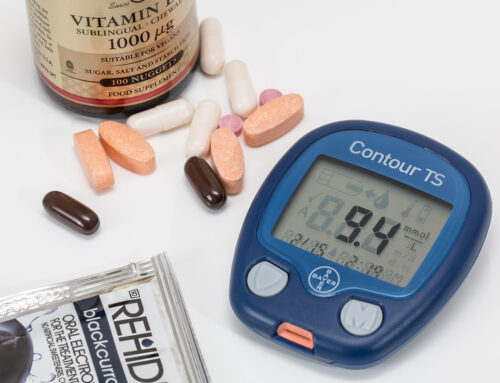I spent the last 11 days on Maui eating fish several times per day. Admittedly, this is a habit I discourage my patients from engaging in due to concerns of mercury exposure. If you are one of the patients to whom I have delivered the “do not eat fish more than one time per month” guideline, I apologize—I was a hypocrite for a few days. The guideline still stands.
I’m not sure exactly what got into me. Maybe I had chicken burn-out. Maybe my rebellious side needed some air-time. Or was it that somehow being on the ocean and seeing the fishermen catching my dinner made me feel more like the ocean-to-table was somehow safer than ordering fish in a restaurant in Colorado, which I never do. The truth is, that one part of the ocean is no safer than the other parts—it’s all a big contaminated mess. Fishing in Hawaii and feeling safe is like trying to swim in the non-chlorinated part of the swimming pool or sitting in the non-smoking section of an airplane (remember those days?).
Intellectually, I knew it wasn’t safe, but I went for it anyway. The raw tuna, “Oh!” The fresh Mahi, lobster, and crab….I was on an all-out binge. Fish tacos for breakfast and sometimes for dinner as well. We stayed across the street from Paia’s Famous Fish Market restaurant, where the portions of fish could force you back to your beach towel for a good three hours. On the menu of one restaurant, it actually named the fisherman that caught the fish I was ordering. That’s like knowing which exact field the cow came from that is now a steak on your plate. This type of “local” information can make the world seem smaller and easily lull you into a sense that all is safe with the ocean. It is not.
What is not consistently published is the safety data for consumption of fish. Our oceans and lakes are filled with mercury, amongst many other pollutants, and as such, so is our seafood. The FDA has failed to set mercury regulation at a level that protects the public health. A Senior FDA scientist said that what is considered to be safe seafood consumption could put a fetus at risk for neurological damage (Macro International, Inc. 2000i – Boston, Nov 8, 8 pm, pg 65). Although we know that pregnant women and their fetuses are at increased risk for the effects of mercury consumption from fish, why is seafood consumption any safer for children or adults? Is it considered safer for children to consume fish because they are not in utero? Mercury accumulates in the tissues and has the ability to directly and specifically affect neurologic tissue for anyone of any age.
The University of Calgary studied these neurological effects directly and demonstrated in a video how toxic the effects of mercury are on the developing neuron. The video is a bit technical but hang in there. The overall gist is important:
This is one of those videos that once you have seen it, you cannot forget its message. The message is one that the FDA is not keen on you hearing.
In addition to the FDA failing to set mercury regulation that protects our health, the FDA and the tuna industry have rejected all peer reviewed science that shows the effects of low level mercury toxicity. So, the FDA does not monitor seafood or enforce mercury safety standards, and yet, it admits that mercury poses a risk to a fetus. Rather than wait for the FDA to “protect you,” you have to take measures into your own hands. If you find yourself in such a predicament you can:
- Visit the seafoodwatch.org website. This invaluable resource will be your guide to help you know how to navigate seafood choices. They have an app and a pocket guide to keep in your wallet to refer to when at a restaurant.
- Choose low-mercury fish, such as: salmon, sardines, tilapia, anchovies, shrimp, and light tuna
- Avoid fish known to be high in methyl mercury, such as: albacore tuna, king mackerel, swordfish, and shark
So, what am I going to do now that I have loaded myself up with methyl mercury? I am going to sweat in my sauna a couple of times per week for a month. I am going to take extra Vitamin C (a known good chelator – a substance that binds to heavy metals and helps pull them out of your tissues), milk thistle 100 mg three times per day, N-acetyl cysteine, 300-1000mg twice per day. In the end, this is the way that we should look at living in this world that is likely to not become less toxic but instead more toxic.
Here is something that I do tell my patients: Live your life and know how to support your pathways of elimination. Do not obsess on the bad parts but know how to undo the effects of some of your choices. Eat well, as the body is an amazing organism that knows how to heal itself, if obstacles are removed.



